SPIRIT GUIDE
Time and terroir – the essence of fine Cognac
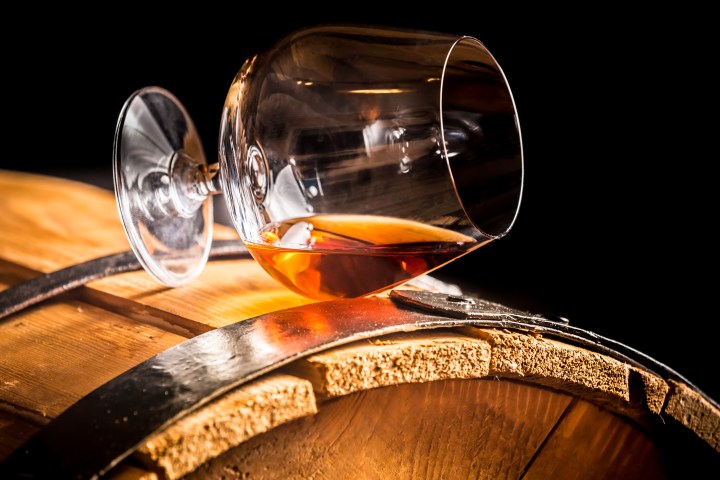
An inspiring Cognac tasting experience with Rémy Martin’s brand ambassador, Maxime Pulci, dispels myths and preconceptions of this rarefied spirit realm.
We’re talking Cognac upstairs in Cape Town’s Old Bailey whisky bar, more specifically House of Rémy Martin Cognacs, in the lead-up to an “Opulence Revealed” tasting experience of their premium XO Cognac. Only a few stories into the conversation, my mind is already reeling at the almost vertiginous timescale involved in the making of fine Cognacs.
How good are you at casting your mind forward 100 years? That is what you have to do all the time as the cellarmaster at Rémy Martin. As with the ancient art of making the traditional Cognac tierçon which cellarmaster Baptiste Loiseau has recently revived, together with artisan cooperage Seguin Moreau, making 15 new barrels from Limousin oak each year since 2017. In 50 years’ time, these new barrels will just about be ready to start ageing the venerable eaux-de-vie for the house’s future flagship Louis XIII Cognacs, vintages which will only be enjoyed some time in the 22nd century.
In the meantime, for the first 50 years or so the tierçons will be put to work ageing younger eaux-de-vie, imparting those oaky, vanilla notes to add to the complexity of the bouquet. Only once most of that woodiness has been released will the barrels be deemed sufficiently seasoned for the rarefied spirits destined for the ultra-aged Louis XIII.
A hundred years or so of preparation, plus 150 or more years already gone by for the growing of that oak tree and the three-year curing of its mature wood; it’s a dizzying perspective. I have trouble getting my head around a five-year plan.
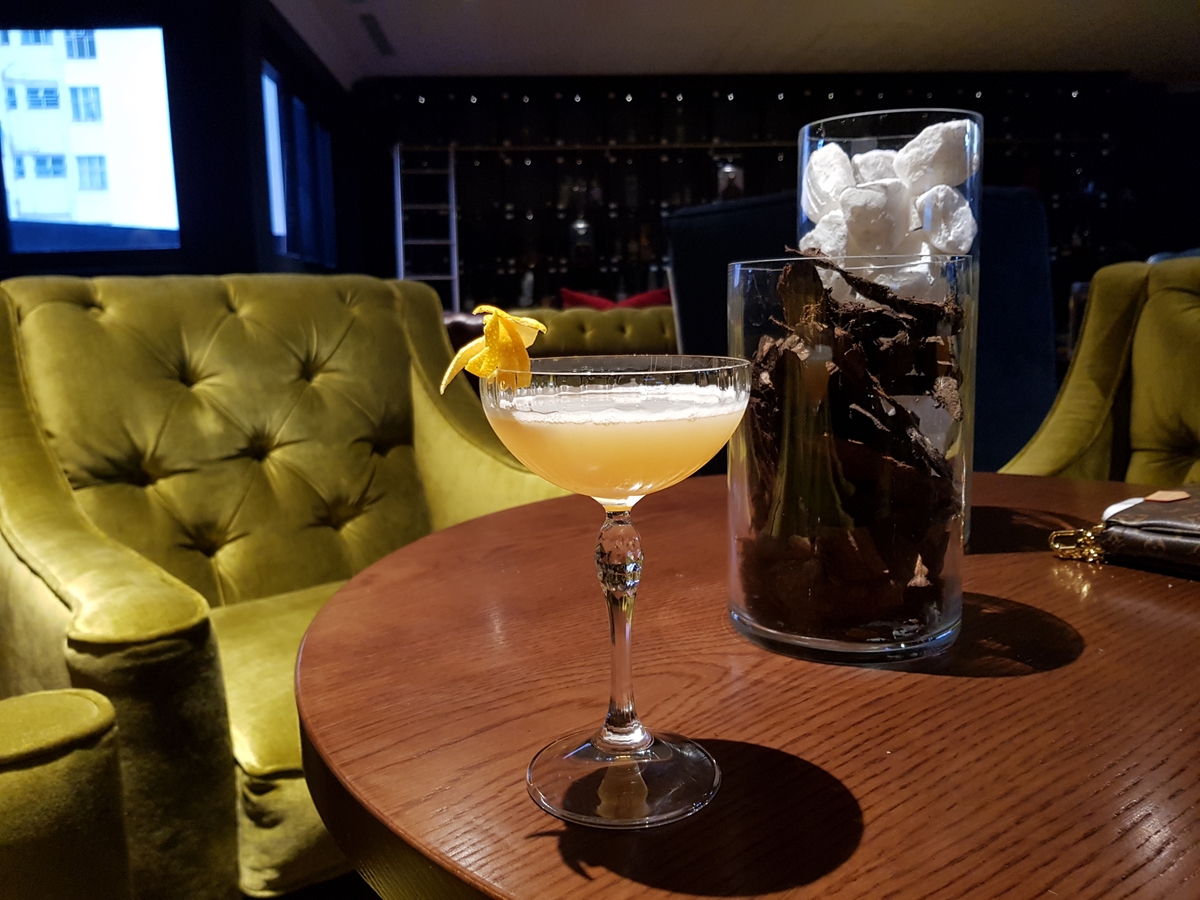
A zesty sidecar made with Rémy Martin 1738 Accord Royal Cognac. The glass vases hold botanicals and chalky limestone from the terroir of the Cognac appellation. (Photo: Kit Heathcock)
As we chat, ensconced in very comfortable velvet armchairs, we’re sipping a zesty Sidecar. I wondered whether it might be considered sacrilegious to use fine Cognac for mixing cocktails, but according to the brand’s ambassador, Maxime Pulci, it’s all about selecting the appropriate blend. The Sidecar is made using one of the younger Cognacs in their repertoire.
“The 1738 Accord Royal has an aromatic palate with toasty vanilla notes that goes perfectly with the sweetness of Cointreau and citrus,” Pulci says. The perfect measurements are 3:2:1 – 30 ml Cognac, 20 ml Cointreau, 10 ml lemon juice, easy to remember for a perfectly balanced Sidecar. And let’s be clear, when we’re talking younger it’s all relative – the 1738 is blended from eaux de vie aged between four and 20 years, fresh-faced youth in Cognac terms.
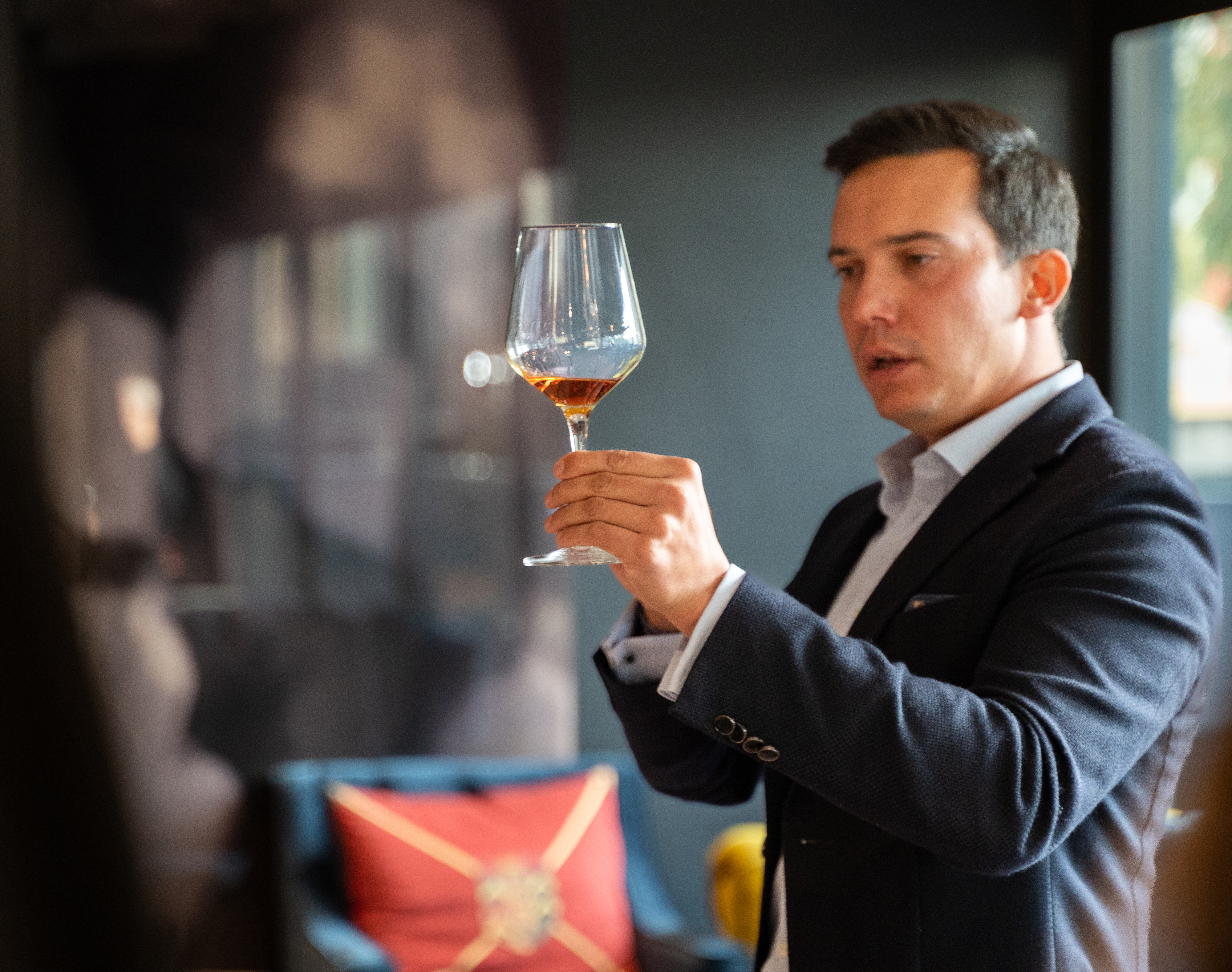
Maxime Pulci talks us through the Opulence Revealed tasting experience of the Rémy Martin XO Cognac at a table piled high with a cornucopia of edible delights. (Photo: Kit Heathcock)
A procession of superb canapés arrives. It is The Bailey after all, one of Cape Town’s hottest new foodie establishments recently opened by Liam Tomlin of Chefs Warehouse. The ground floor is an elegant café, the first floor a French-style brasserie, here on the top floor is a whisky and Champagne bar with a fabulous library of rare spirits and big glass doors opening on to the roof terrace of this heritage building. First a langoustine languishing on avo purée in a cocktail glass, then succulent springbok tataki, followed by melting hot arancini and croquettes, all of which contrast the deliciously sour notes of the Sidecar and mitigate the mid-afternoon effects of its potent kick.
Moving on to the tasting, we gather around a table that is an arresting still life, piled high with edible treats among vases of bright white stones, dark earth, a bonsai tree, and at the centre the distinctive curvy glass decanter of Rémy Martin XO. XO stands for extra old, this one blended from around 300 different eaux de vie aged between 10 and 40 years. This tasting experience is designed to give our tastebuds and palate a new vocabulary for experiencing the finer shades of Cognac, and also to dispel myths and clear the cigar smoke haze of gentlemen’s club sanctums from our perceptions of Cognac.
First off, Pulci shares some nuggets of information. Ever wondered why premium Cognac labels boast the word champagne? The Cognac region is in the south-west of France, Champagne in the north-east, and no Champagne was used in the making of Cognac. It’s all about the terroir, he tells us. The word champagne comes from the Latin campania, meaning countryside, and the two regions share a particular type of limestone geology that is perfectly suited to growing grapes. The heart of the Cognac appellation with the best terroir is named Grande Champagne, and the immediate surrounds Petite Champagne. “This is the gem of the appellation where you can harvest the most beautiful grapes with the longest ageing potential and intense aromas,” says Pulci.
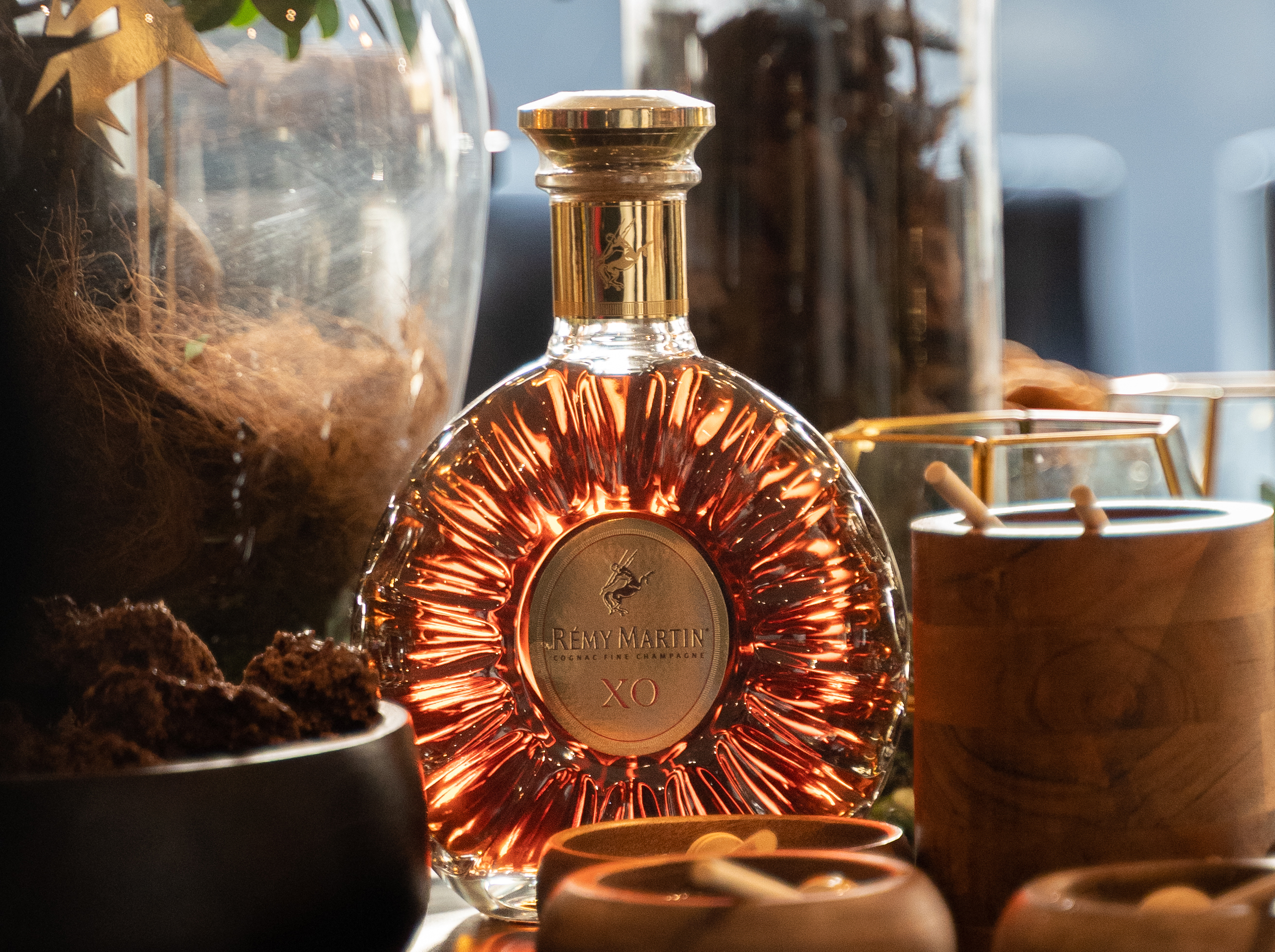
The distinctive curves of Remy Martin’s XO decanter among bowls of delicious chocolate, ginger and honey, for an opulent tasting experience. (Photo: Supplied)
Terroir has four essential elements: soil, climate, topography and the people, he continues.
“If you don’t have the right people who know how to grow grapes in this particular terroir, who know how to adapt for climate change, you will not be able to grow the best grapes. Following people through the years, the transmission of knowledge from the past generations of families who work here, that’s what makes it possible for Rémy Martin.”
When that much time has gone into the making it’s important to take your time in the tasting. As we’re offered glasses of XO, Pulci tells us to do nothing at first.
“To taste we have to destroy some bad legends. You never swirl to oxygenate the liquid. A lot of people think that. But then when you put your nose in, all you smell is alcohol. Your nose is the promise of what you will put in your mouth, you will taste alcohol.”
A gentle slow roll of the liquid around the glass is what he recommends, to observe the richness and viscosity of the liquid, the legs, resulting from the distillation on the lees.
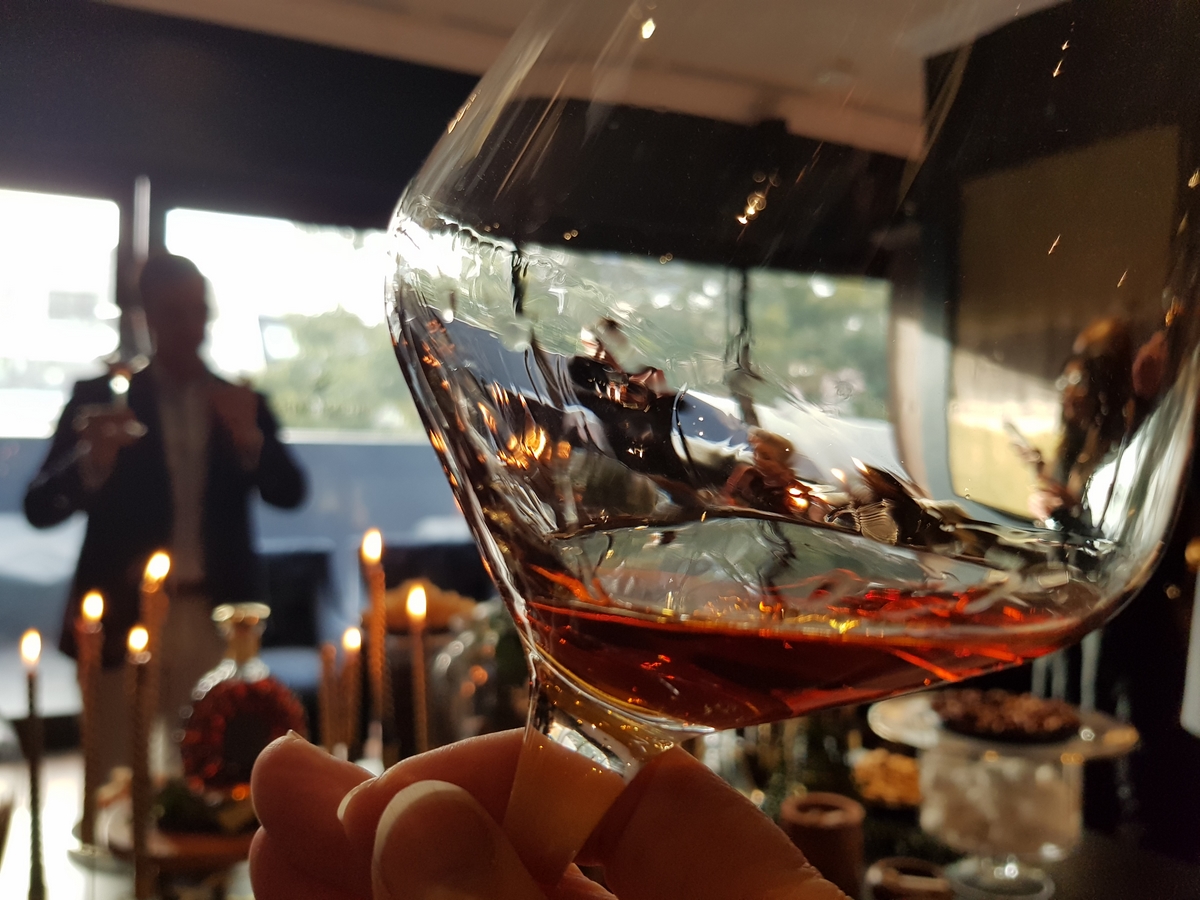
Never swirl, never warm the glass in your hand. Dispelling the myths around Cognac tasting. (Photo: Kit Heathcock)
“We don’t warm the glass. No need for a coffee machine to put vapours in the glass.” This for the same reason, your senses get overpowered by the alcohol.
“Let it release its aromas slowly, do not stress the liquid and you’ll see all the aromatic intensity, all the bouquet of aromas coming out from it. We are not in a rush, we have a lot of time. This liquid was waiting for us for decades in the cellars, so we owe him a bit of our time.”
After admiring the viscosity and the dense, orange ruby reflections in the colour, it’s time for our noses to pick out the aromatics. “Start with a tiny little drop, just to prepare your palate, give the information to your brain that you are tasting alcohol. Judge the Cognac on your second or third sip,” Pulci advises. “We’re not here to do shots so take your time.”
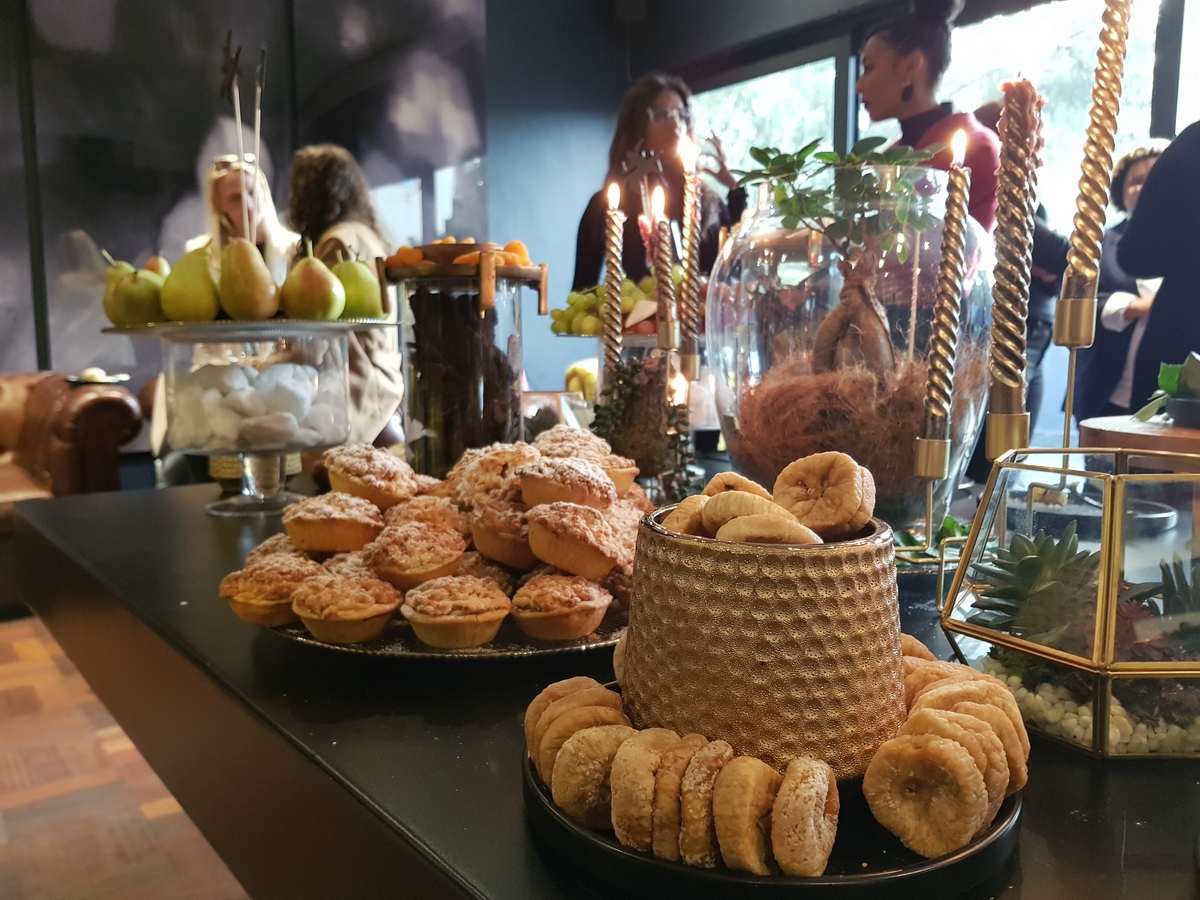
Sugar and spice and all things nice – a table of gorgeous fruits, nuts, and baked delights to help us tune our palates. (Photo: Kit Heathcock)
The table is loaded with a cornucopia of edibles – dried apricots, crisp quartered pears, saffron, cinnamon bark, hazelnuts, fat dried figs, vanilla macarons, chocolate bakes, there are caramel cookies, fudge, candied ginger and Parma ham with Parmesan. It’s designed to reset our aromatic library, he says, so that we can talk the same language in terms of aromas. We’re let loose to develop our Cognac vocabulary, a sniff of one aroma, a taste of a food, and a comparison to what we detect in our glasses.
I find my brain to be eminently suggestible. The cinnamon tunes me into the woody spice notes in the Cognac, pears reveal the higher fruit notes, the dried apricots the deeper fruit. It’s not supposed to be about food pairings, but the Cognac does go surprisingly well with the parma ham and parmesan, leading Pulci to comment that it’s perfectly possible to sip Cognac as an aperitif paired with an antipasto. By this stage, after a discreet top-up, discernment is falling by the wayside and we’re just enjoying the richness of flavours. A group forms around the chocolate, catching each other’s eyes with ecstatic approval of the combination. No question about whether the XO is a perfect partner for dessert.
When it comes to the etiquette of using XO for cocktails, Pulci’s answer is diplomatic, “XO is more spicy notes, sweet notes, cinnamon, chocolate, ginger notes, we prefer tasting XO neat or on ice. If you do want to use it in a cocktail it should be something like an Old Fashioned, a very classic, plain one, with slow dilution that respects the product.”
Pulci has explicitly told us to leave tasting the candied ginger to last. “After that you won’t taste anything.” I save my final sip (discretion prevailed and I turned down a second top up) for the ginger and it’s an explosive combination that invokes instant nostalgia, taking me back to the brandy and ginger wine that my father used to prescribe as a warming tonic after freezing UK winter walks at Christmas-time.
The continuity of Cognac puts our life spans into a wider perspective. Each cellarmaster is working with the legacy of the generations of cellarmasters that preceded him, with eaux-de-vie that have already been ageing for 30 to 40 years or more. When the World War II occupation of France loomed, preserving that legacy was the priority of the cellarmaster of those days, building false walls to conceal aged barrels so that they would be able to start again after the war. Some of the eaux-de-vie used in the current Louis XIII would date back to those precious saved barrels.
Optimism, hope for the future is an invisible component of each glass of these Cognacs. Today’s forward-thinking equivalent is the experimentation that Rémy Martin is working on with new grape varieties.
“You have to look at climate predictions for the next hundred years, see the worst-case scenarios and still be optimistic that your product will continue,” Pulci says.
Looking to the future and making a plan – the spirit of Cognac moves with the times and transcends time too. DM/TGIFood
For more about Rémy Martin Cognac see What is Cognac?
Follow Kit Heathcock on Instagram kitheathcock
The writer supports SA Harvest who address food waste by rescuing nutritious surplus food from farmers, manufacturers and retailers, and delivering it to the organisations who feed the hungry around South Africa. See saharvest.





Comments - Please login in order to comment.